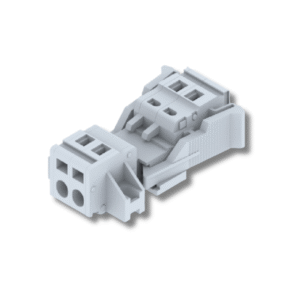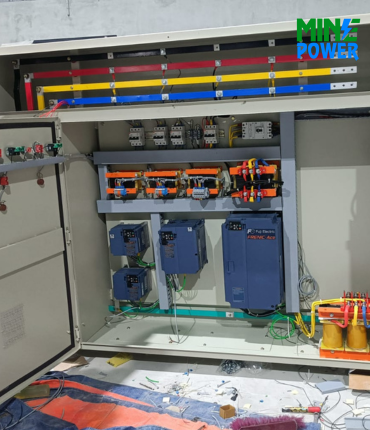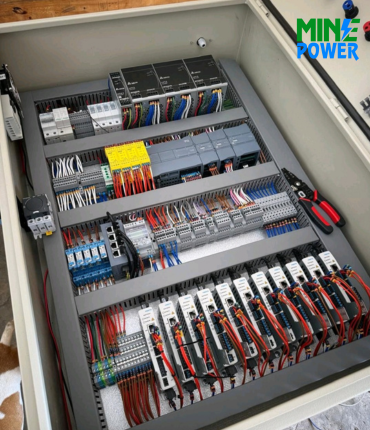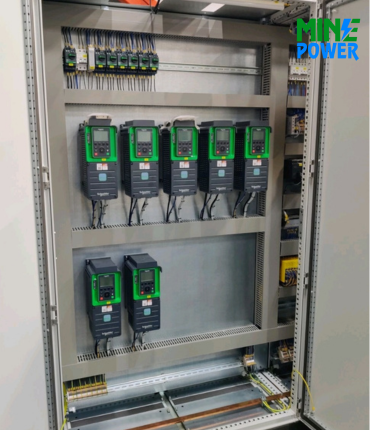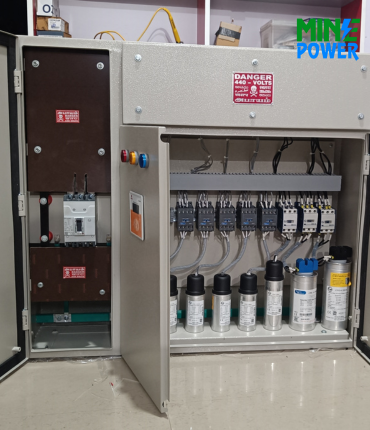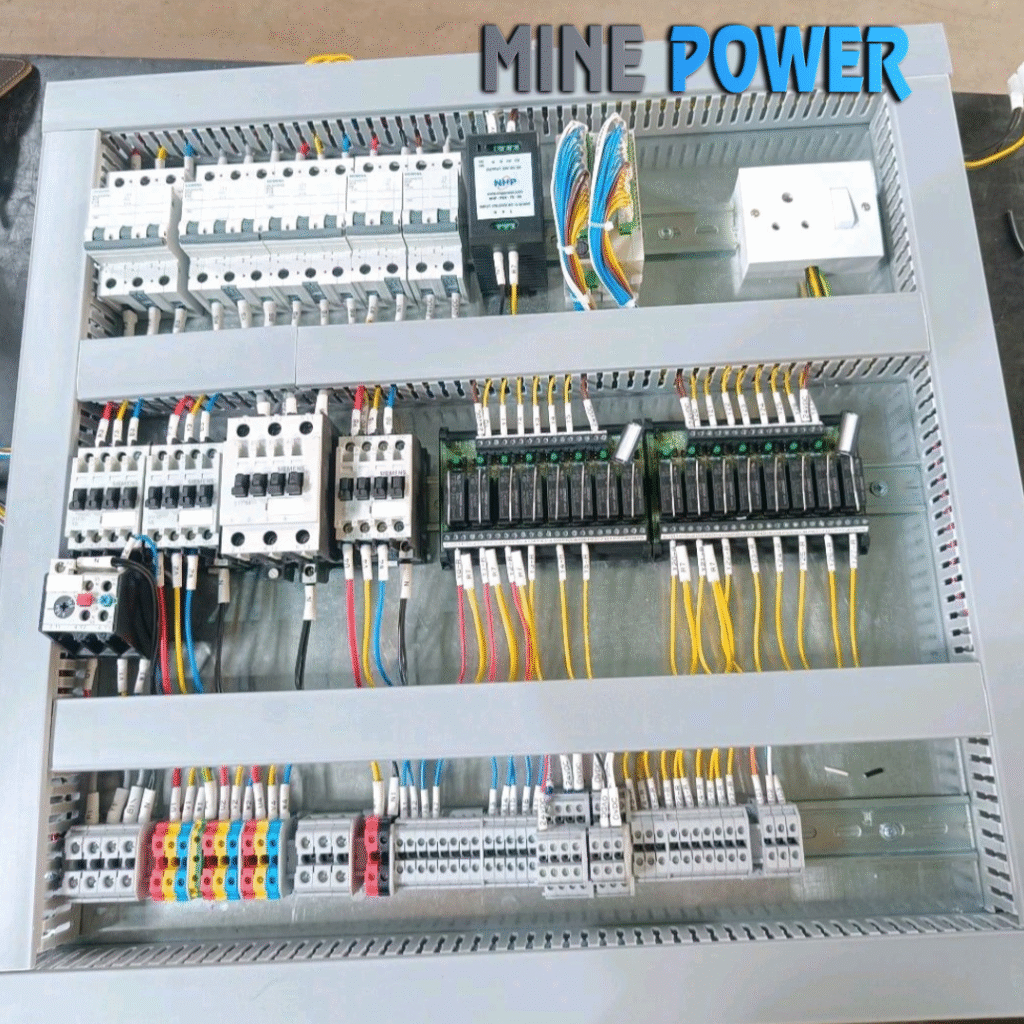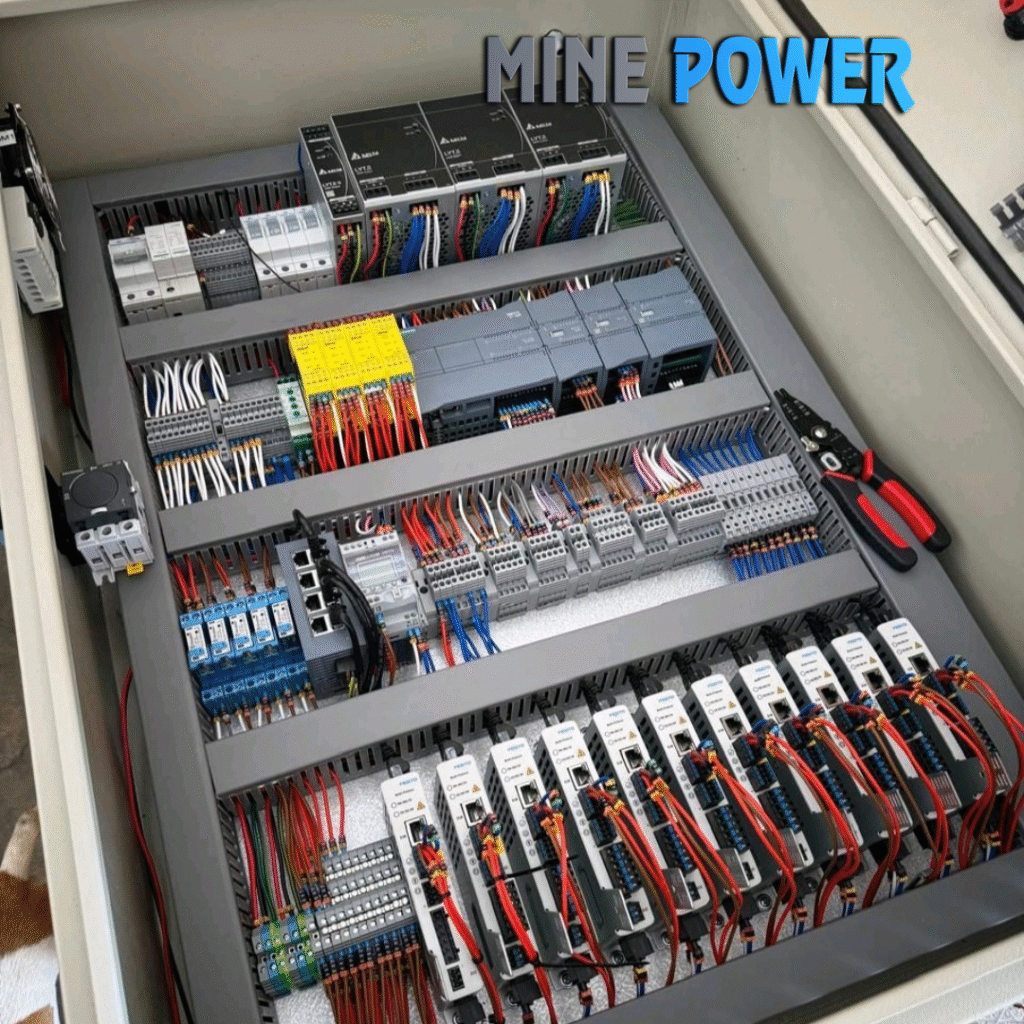Bus Bar Power Terminal Blocks are heavy-duty connectors used for distributing electrical power from a single source to multiple circuits. With a built-in copper or brass bus bar, they provide reliable, clutter-free, and secure connections in control panels, switchgear, and power distribution systems. Designed with protective covers and DIN rail/panel mounting options, these blocks ensure safe, efficient, and long-lasting performance in industrial and commercial applications.
Description
Bus Bar Power Terminal Blocks are robust connectors designed to distribute electrical power from a single input source to multiple output circuits. They combine the functionality of a bus bar and terminal block, offering safe, compact, and efficient power distribution in control panels, switchgear, and heavy-duty electrical systems. These blocks simplify wiring, reduce clutter, and ensure reliable performance in industrial and commercial applications.
Specifications
-
Type: Bus Bar / Power Distribution Terminal Block
-
Rated Voltage: Up to 600V – 1000V AC/DC (depending on model)
-
Rated Current: 100A – 500A (model dependent)
-
Poles: Single pole / Multi-pole options
-
Material: Flame-retardant insulating base (PA, PC, or Bakelite) with copper/ brass bus bar
-
Mounting: DIN rail or panel mounting
-
Connections: Screw clamp or stud type terminals
-
Features: Transparent protective cover for safety, multiple tapping points
Applications
-
Control panels and switchboards
-
Power distribution systems
-
Industrial automation and machinery
-
Renewable energy systems (solar/wind)
-
Generators and UPS systems
-
Commercial and utility electrical installations
Advantages
-
Simplifies power distribution with a single bus bar connection
-
Reduces wiring clutter and improves panel aesthetics
-
Provides reliable and secure connections for multiple outputs
-
Easy installation with DIN rail or panel mounting
-
High current carrying capacity with strong mechanical strength
Disadvantages
-
Requires proper sizing for load capacity
-
Occupies more space compared to standard terminal blocks
-
Limited flexibility once installed (fixed tapping points)




